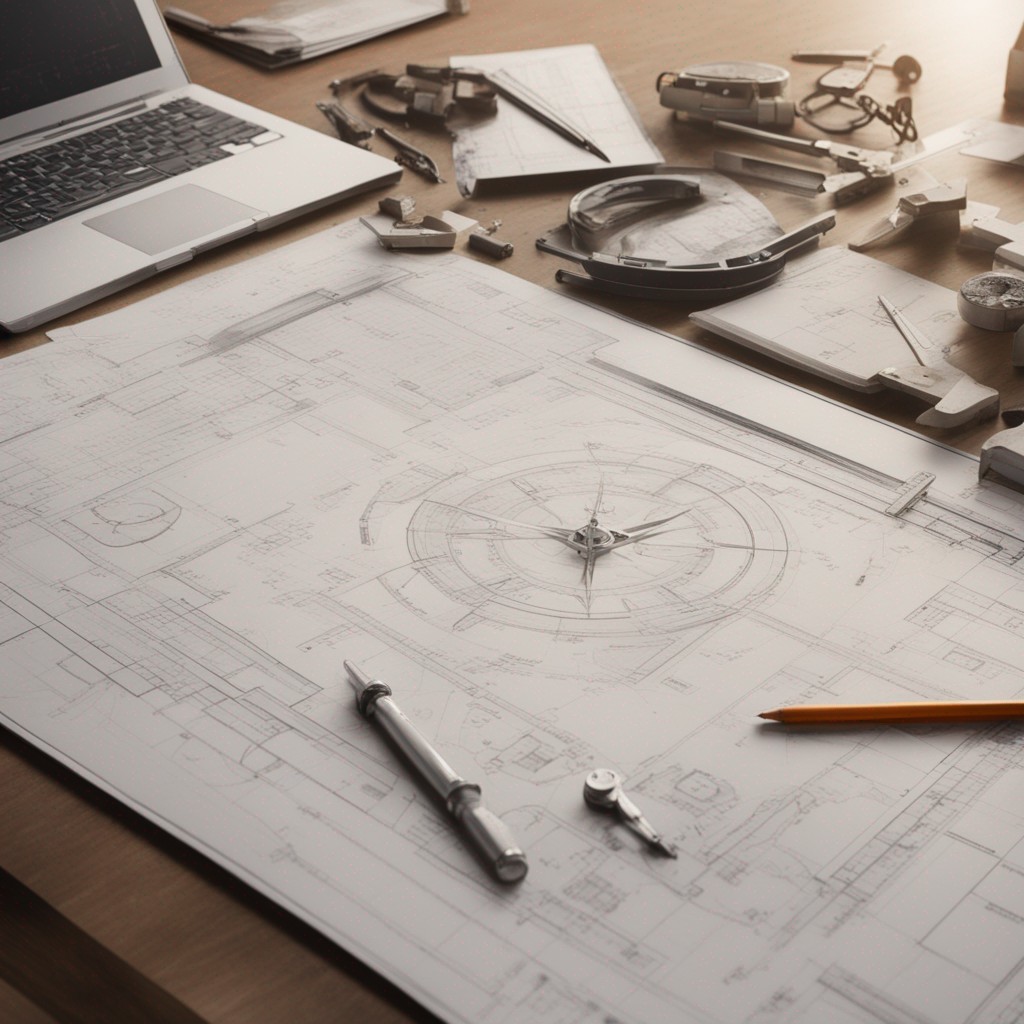How to be Productive – Part 1: Planning, Tasks, and Time
In our quest for efficiency and effectiveness, the foundational elements often center around our ability to plan, manage tasks, and harness time. Mastering these three areas can lead to substantial productivity gains and foster a sense of accomplishment. In this article, we will dive into actionable steps to optimize each of these elements.

1. Planning: The Blueprint of Productivity
- Set Clear Objectives: Begin with a clear understanding of what you want to achieve. Establish both long-term goals and short-term targets. This clarity guides your actions and decisions.
- Prioritize: Not all tasks are created equal. Determine which actions will bring the most significant impact and align them with your objectives.
- Avoid Overcommitment: It’s tempting to juggle multiple tasks, but spreading yourself too thin can compromise quality and increase stress. Commit to a manageable number of tasks and execute them well.
- Review Plans Regularly: The dynamic nature of our lives and work means that our initial plans might need adjustments. By regularly reviewing and recalibrating your plans, you ensure they remain aligned with your evolving goals and circumstances.

2. Tasks: Breaking Down the Mountain
- Chunk It Down: A significant project can feel overwhelming. Break it down into smaller, manageable tasks. This approach not only makes it easier to start but also provides a clearer path to completion.
- Use Task Management Tools: Platforms like Trello, Asana, or even a simple to-do list can keep you organized and ensure nothing falls through the cracks.
- Delegate When Possible: Understand that you don’t have to do everything yourself. If a task can be efficiently executed by someone else, delegate it. This allows you to focus on areas where you can add the most value.

3. Time: Your Most Valuable Asset
- Time Blocking: Allocate specific blocks of time for specific activities. This ensures that you dedicate uninterrupted time to essential tasks.
- The Power of the Pomodoro Technique: Work in short, focused intervals (traditionally 25 minutes), followed by a short break. This method can enhance concentration and reduce fatigue.
- Evaluate and Adjust: At the end of the week, review how you’ve spent your time. Identify areas of inefficiency and adjust your approach accordingly.
Conclusion:
Remember, productivity isn’t just about doing more; it’s about doing what matters most, in the most effective way possible.
Stay tuned for our next installment in the series, “How to be Productive – Part 2: Productive Environment,” where we’ll delve into creating the optimal surroundings for peak performance.